Is PLA food safe? We delve into the details of what you need to know and provide evidence that tries to answer this question.
Introduction

Polylactic acid, or PLA, is a bioplastic printing material derived from natural materials like corn, tapioca, and potatoes. You might therefore assume that it’s safe because it comes from things we eat on a regular basis.
But is that really the case? Is PLA food safe?
A team of experts out of James Madison University (JMU) went on a mission to test PLA for various conditions and to evaluate how safe it was. They tested PLA under different temperatures and durations and using common ingredients found in food.
According to JMU 3SPACE classroom, the scientists discovered that “PLA is Generally Recognized as Safe (GRAS) when used in contact with food.” Their results are published in the 1995 issue (volume 33) of the Food and Chemical Toxicology Journal.
Despite their research findings, JMU warns of the dangers of PLA, which can be contaminated by hot ends of 3D printers. The potent mix of chemicals and heat used when printing and processing PLA pose a health danger. In addition, the coloring in PLA signifies the presence of an additive that is not food safe. Another concern is that PLA 3D printed materials have tiny holes and cracks that can accommodate harmful germs and bacteria.
JMU concludes that PLA may only be safe when used one time or for simple things like water. However, repetitive use may cause health concerns.
But PLA is a Common Filament
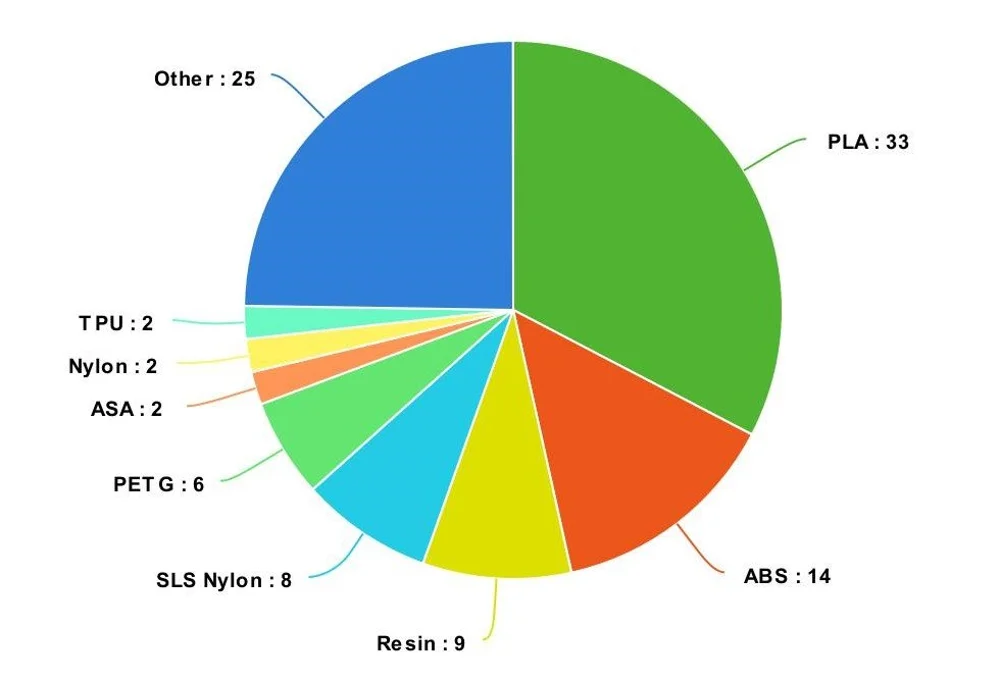
PLA’s main selling points, according to Smithsonian, is the fact that it comes from normal foods and it is compostable. But this printing material is not exempted from some of the dreadful facts about food-safe 3D printing. Therefore, you need to keep the following sections in mind when using PLA.
Toxic Materials From Printing
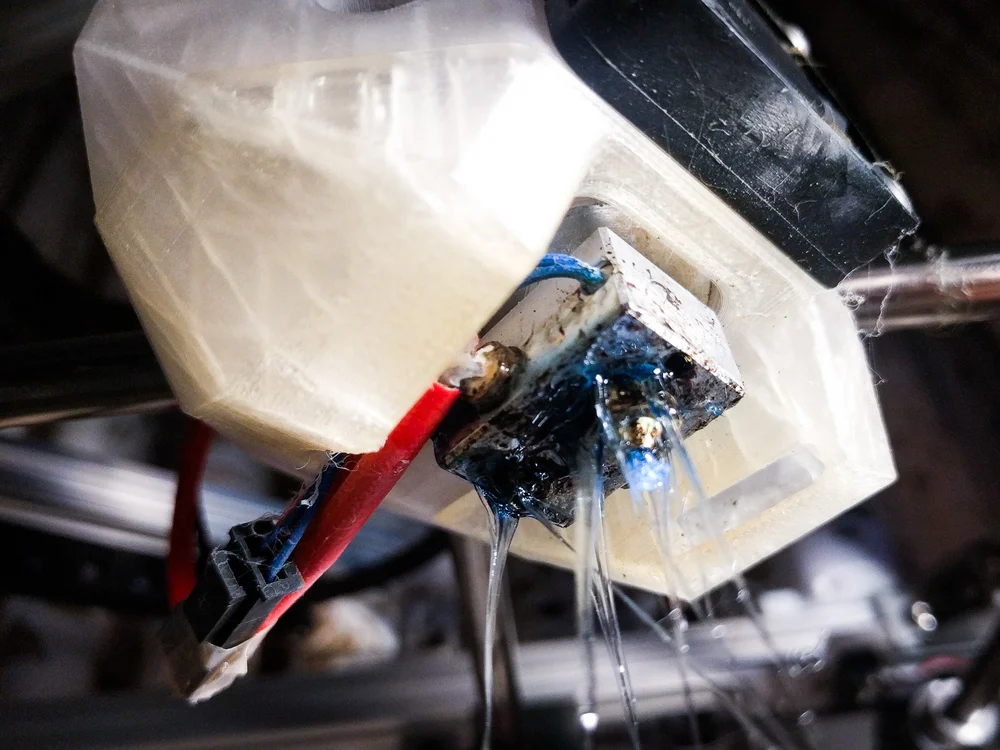
Most 3D printers have hot ends that contain dangerous chemicals. These harmful substances will likely contaminate your PLA. RepRage‘s Clinton Freeman considers the Prusa nozzle to be the safest because it’s built using stainless steel.
Chemicals in PLA Filaments
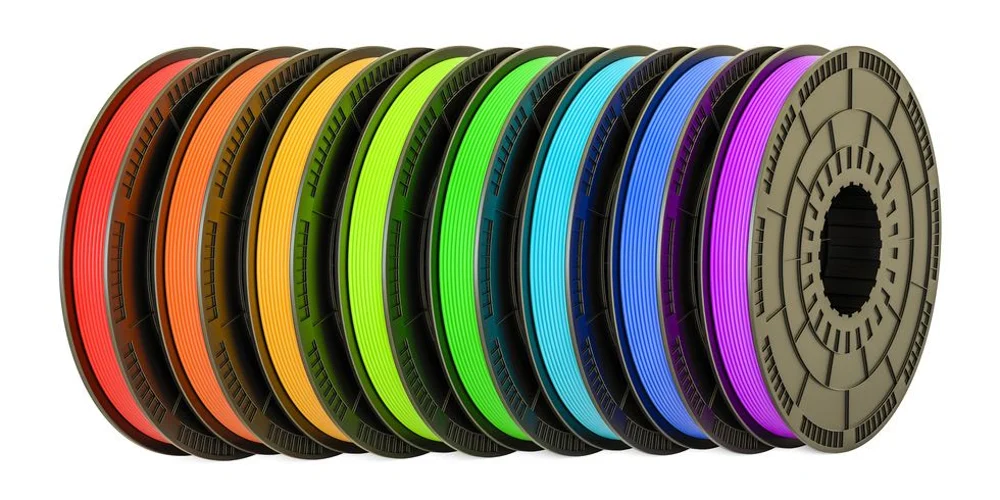
The fact that PLA is colored means it has other additives that are supposed to enhance its features (color, strength). Therefore, if you want to print anything that will contact food, consider “natural” or “virgin” PLA.
FacFox’s PLA filament guide suggests that you check the material safety data sheet (MSDS) to determine the chemical properties and whether it’s FDA approved. This is the best way to answer the question, “is PLA food safe?”
Bacteria Buildup
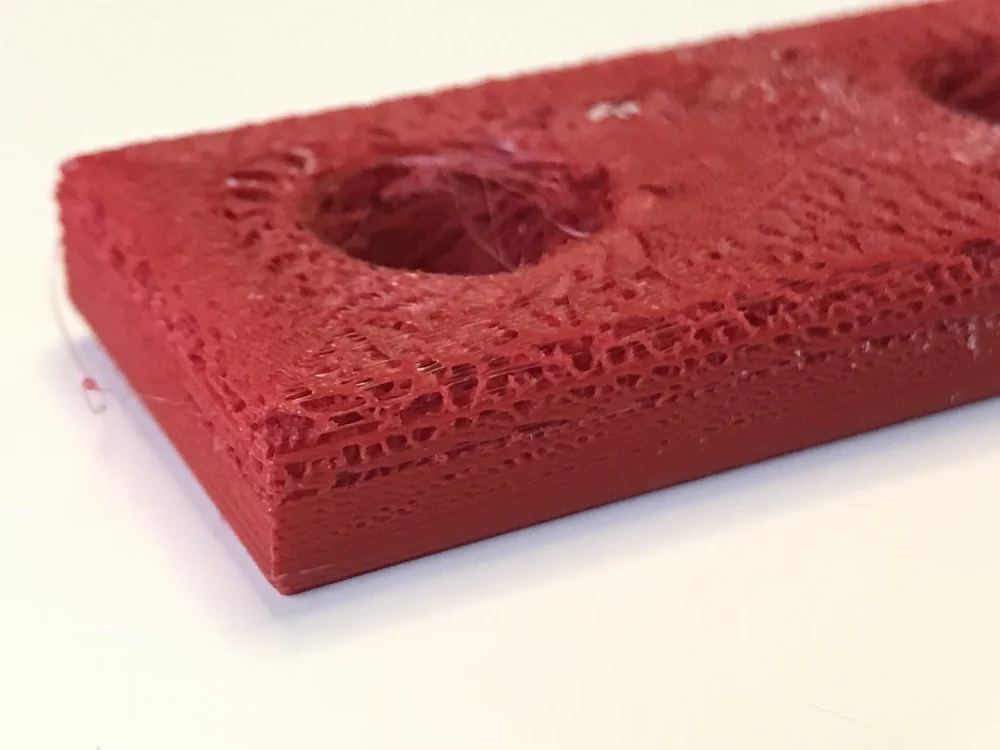
All 3D printed objects have pores (tiny spaces and cracks) that provide a fertile breeding ground for germs and bacteria. Sadly, PLA-printed parts are not an exception. Germs and moisture accumulate in the pores and can never be cleaned out completely, especially because PLA is not dishwasher safe. (High temperatures can warp or melt PLA-printed utensils.)
Remember, bacteria buildup should not be a concern when you are creating disposable utensils, but you should think about it if you want to use your cups and plates multiple times.
More Evidence
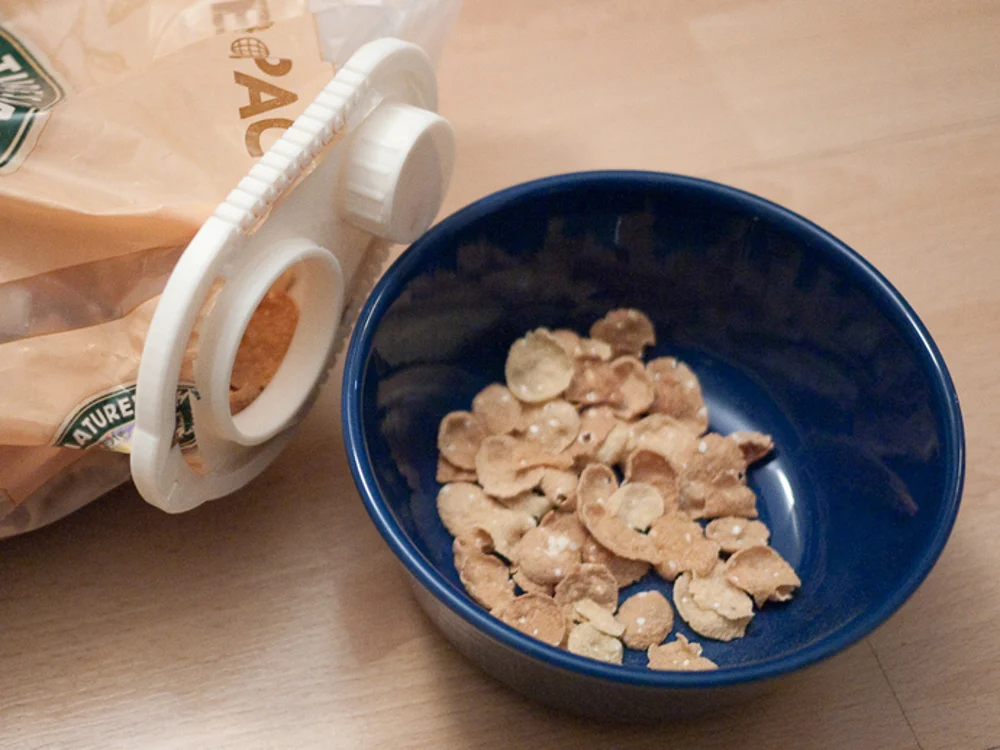
You would then think that to make PLA food safe, you need to use a hot end that is 100% sterile and non-toxic. While this is achievable, it’s not exactly an easy task. And keep in mind that the porous nature of your printed item will still pose a health risk.
Below are some other sources that shed light on the food-safe debate.
Experts from Illinois Institute of Technology conducted a study, published in 2016, investigating the emissions of 3D printers. They discovered that FDM printers using PLA and ABS emit high amounts of ultrafine particles (UFPs). These particles will be there on the surface of your prints and when ingested in high amounts can cause adverse health effects.
According to Hackaday, who broke down the said study, the researchers examined different materials printed using different printers and measured chemical emissions and UFPs. They discovered that all the materials resulted in increased UFP exposure even though PLA emitted significantly less overall. There was no significant variation across 3D printer brands, and the researchers found that the UFP exposure wasn’t a big issue unless you’re sitting next to your printer and running it for a long time. The study acknowledged the emissions but suggested that PLA was harmless anyway.
American Libraries also presented a study that confirmed 3D printers emit high levels of UFPs and volatile organic compounds (VOCs). They maintained that these vapors and particles tend to be detectable for several hours after printing. UFPs can get to the lungs and move to other body organs and have been linked to adverse health conditions like cardiovascular conditions and asthma. UFPs can also transfer toxic substances to the body. Some VOCs like methylene chloride and benzene have been linked to cancer. Several VOC’s are classified as toxic.
One of the earliest studies on UFP emission was published in volume 79 (2013) of the Atmospheric Environment journal. The study makes the following conclusions:
- 3D printing releases UFPs, whose concentration is high near the printer.
- Cheap 3D printers and filaments are likely to emit higher amounts of VOCs and UFPs compared to expensive brands.
- Emissions of VOCs and UFPs increase with the age of a 3D printer.
- Heating a PLA filament produces methyl methacrylate, a hazardous chemical.
Fabricating plastic items from a renewable resource sounds interesting, but the “PLA food safe” question continues to linger with most evidence suggesting PLA is not ideal for kitchenware.
Source: https://all3dp.com/2/is-pla-food-safe-what-you-really-need-to-know/